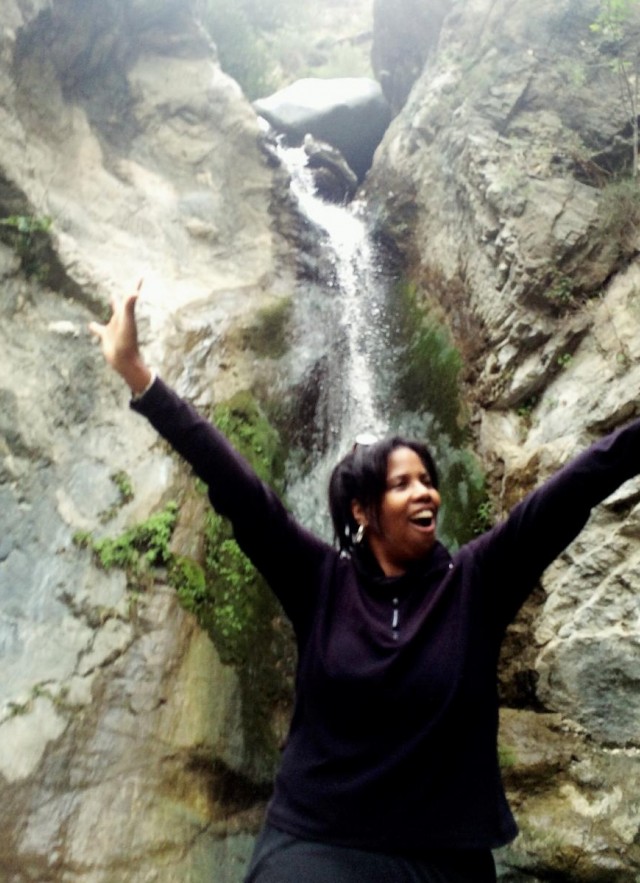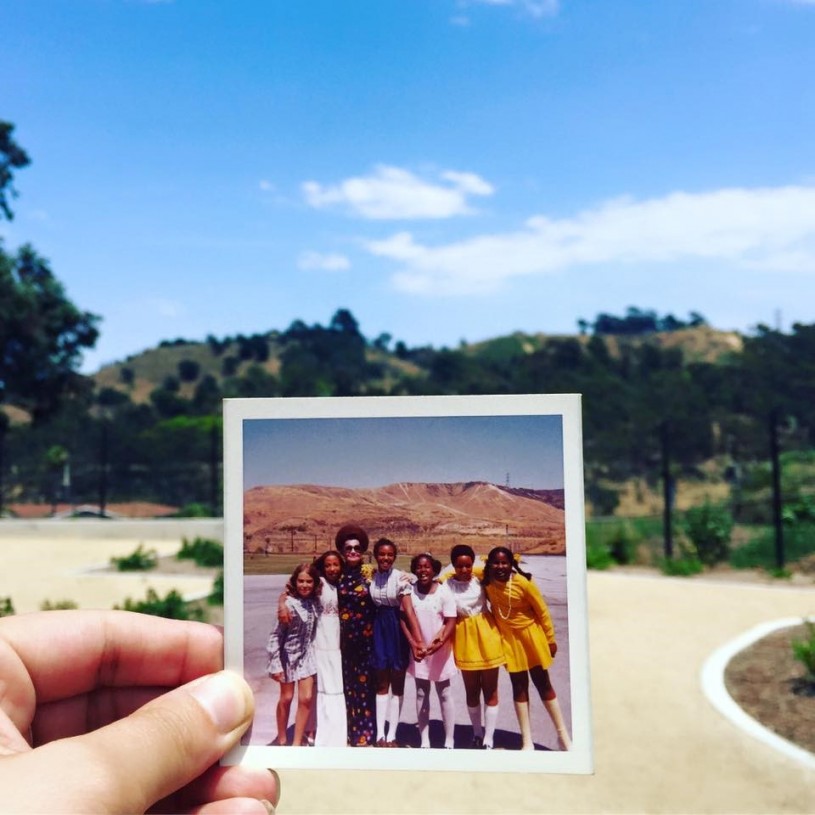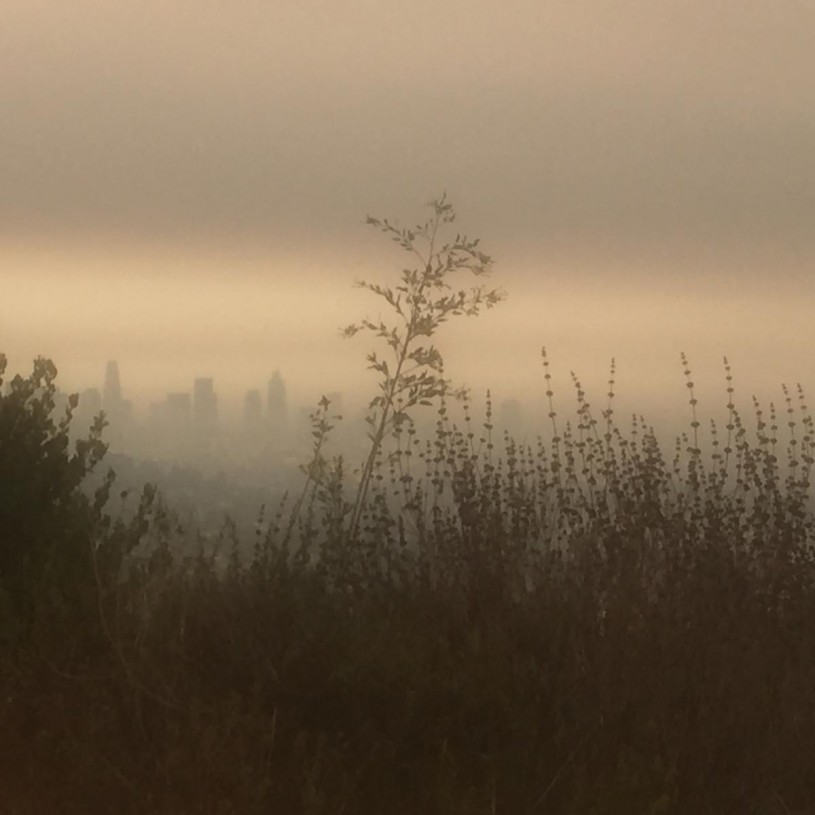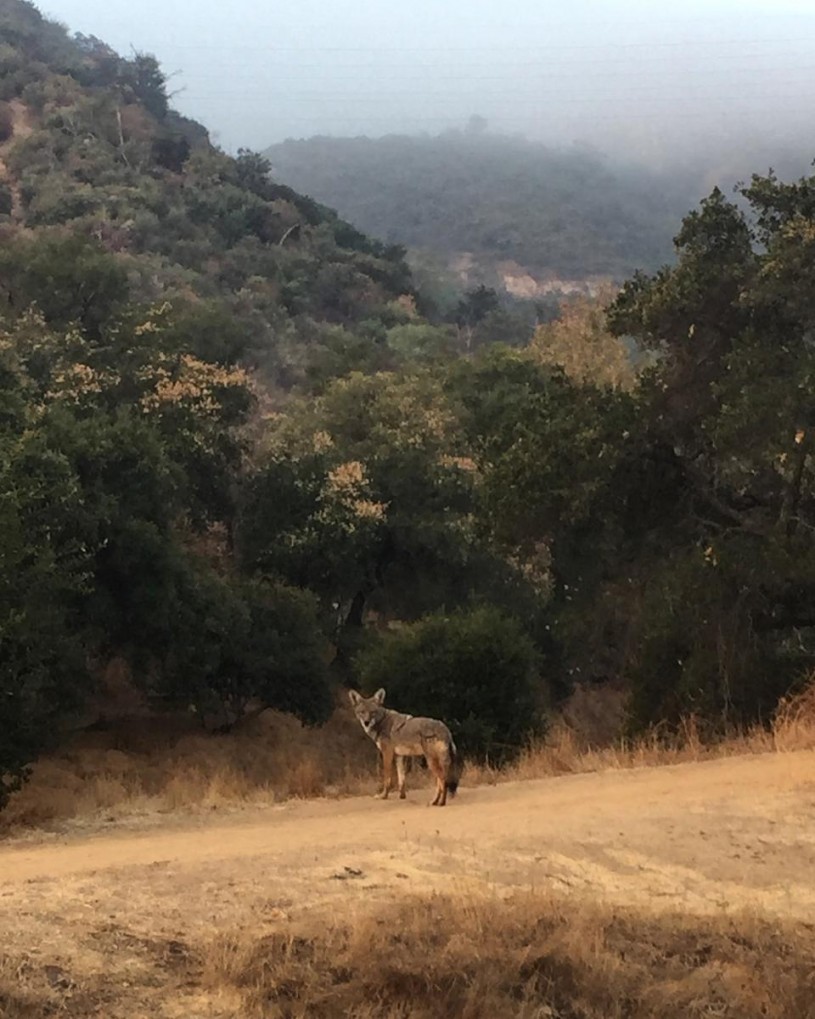The Hart Museum remains closed. Los Angeles County has approved a plan to transfer the William S. Hart Museum and Park from the County to the City of Santa Clarita.
Voices of L.A. Nature: An Interview with Lynell George
Welcome to our new series, Voices of L.A. Nature, where we'll hear stories from a diverse range of Angelenos about their relationships with nature in L.A.

Welcome to our new series, Voices of L.A. Nature, where we'll hear stories from a diverse range of Angelenos about their relationships with nature in L.A. The project kicks off this month, with a series of interviews to celebrate Black History Month. Stay tuned throughout the year, for more Voices of L.A. Nature!
Interview by Lila Higgins
Lynell George is a writer and photographer, born and shaped here in Los Angeles. She has been a journalist covering arts and culture, and books at both the L.A. Weekly and the Los Angeles Times. Much of her work explores sense of place, and Lynell has a profoundly deep sense of Los Angeles. She finds it hard to rate herself on the "I love nature scale," but she puts herself at the higher end of the range. Over the years her interactions with nature have changed and have deepened as she has made an active effort to spend more time in nature.
How do you incorporate nature into your daily life?
I try most days to be out in some sort of nature if possible, even it is just a walk up into the hills near me in the San Gabriel Valley. I’m lucky in that I’m closer to trailheads and the arroyo than I ever have been so there are many opportunities to be out of doors. For me it’s become an important way of reconnecting with why I live in a city like Los Angeles that offers richness in both its urban and wilderness experiences.
What nature places did you explore as a kid in L.A.?
My parents always thought it was a good idea to explore the environment around us. So we often went to places like Descanso Gardens or weekends at the beach in Zuma. My brother and I also took summer classes at the Natural History Museum. It was a way for us to understand the environment we lived in and around. As I got older, I found my own places and made my own rituals. I love big water. My best friend and I would haunt Venice Beach. Not necessarily to be in the water, but to be in the environment and collect things ... rocks, wood, shells and the stories of the locals—the memories that came with that.
Can you share a memory of those childhood times in nature?
We ultimately moved to a neighborhood that sat on a parcel that was still only partially developed so there was a lot of wildlife around us. Rabbits, skunks, and opossums. That was my probably my first interaction with something more exotic than a house cat. My brother used to try to catch snakes out in the tall grasses above our neighborhood park.

A few years ago we visited the newly opened Stoneview Nature Center, which sits on the site of your old elementary school. I loved hearing your memories of the place and seeing your old photographs. What are your recollections of that visit?
That day, I was deeply struck by how much of the backdrop of the environment: the view, the slope of the hills, was so similar. So easily discernible. It was shocking. I grew up in a city that was always changing, often rapidly, so this was truly remarkable to look at those photos from decades ago and see how recognizable it all was.
What is your favorite nature space to visit in L.A.?
Griffith Park. Very, very early in the morning. It’s a way for me to recharge and regain perspective.

What is your favourite plant/animal/fungus/slime mold/other organism in Los Angeles?
I love it when I happen upon a deer up on the trails in Griffith Park. After the big fires a few years back, we didn’t see much of that wildlife around—even the jackrabbits and coyotes, so when I saw a deer after a very long stretch, I was even surprised at how overjoyed I was. Also I am a fan of the scents of L.A. urban wild, sagebrush in particular. That’s when I know I’m home.
Do you have a funny story about a nature experience you had in L.A.?
My most embarrassing one was on a jog in Griffith Park when I heard a sort of “chchchchchchch” sound and I thought it was a sprinkler, when in truth it was a rattlesnake. Luckily I was with someone who knew what was going on. We turned back and retraced our steps. I won’t make that mistake again.
Lynell, your recent book After/Image: Los Angeles Outside the Frame explores the lasting memories and “afterimages” of the city that we call home. You delve into many facets of the city, nature being one of them. How did working on this book affect your relationship to nature in L.A.?
I think it was one of the first times I’d actually been able to write about my relationship to nature. As a writer, I’m often asked to focus more on the *urban* aspect rather than the *wild* aspects of Los Angeles. It was really an important step for me to begin to think about how much the *wild* aspect of this city means to me and how much of it is an essential part of me and my identity as an Angeleno, The way one moves through space here can incorporate it all—groves of pepper trees, redwoods, startling natural vistas, then glittering high-rises and packed freeways—in a single day. In the new film Destroyer, there’s a chase scene that has the characters moving on foot through urban space and then they end up in what looks like among Elysian Park’s eucalyptus trees. It was satisfying to see space used that way.
The recent Atlantic article, "Five Ways to Make the Outdoors More Inclusive," laid out some concrete steps that national parks and public lands can employ to become more inclusive. What do you think about the process, the team, and the recommendations?
I really keyed in on the importance of backstory and place and having a diverse set of historians explore context. As well the importance of seeing images of the diversity one sees. I am up at Griffith Park often. Not in Runyon Canyon, but on the other side—above Glendale and Burbank—and I see an extremely diverse group of hikers and walkers and runners and tai-chi practitioners. All genders, ages, races. Just this morning we paused to take in a view, when a group of hikers speaking a mix of Spanish and English—four women and one man—called us over to ask if we would shoot a group photo of them with the city view below. We obliged. In parting, they shouted back: “Stay wild.” We’d bonded.
How do you think we can make access to nature in L.A. more accessible for everyone? What are some of the biggest barriers?
I still think a lot of this comes down to the perception that you need a car to get to nature, that you have to drive to do your walk or run or bike ride, but more and more there are places you can get to by rail, or you can look on a map and discover that you actually don’t live *that* far from a community park or urban/wild area. Maybe having transit or paths set up specifically for that. They want to build a gondola to Dodger Stadium? How about one to Elysian Park?

Follow Lynell:
Website: lynellgeorge.com
Twitter: @lynellgeorge
Tumblr: @wanderingfoot
(Posted by: Lila Higgins)